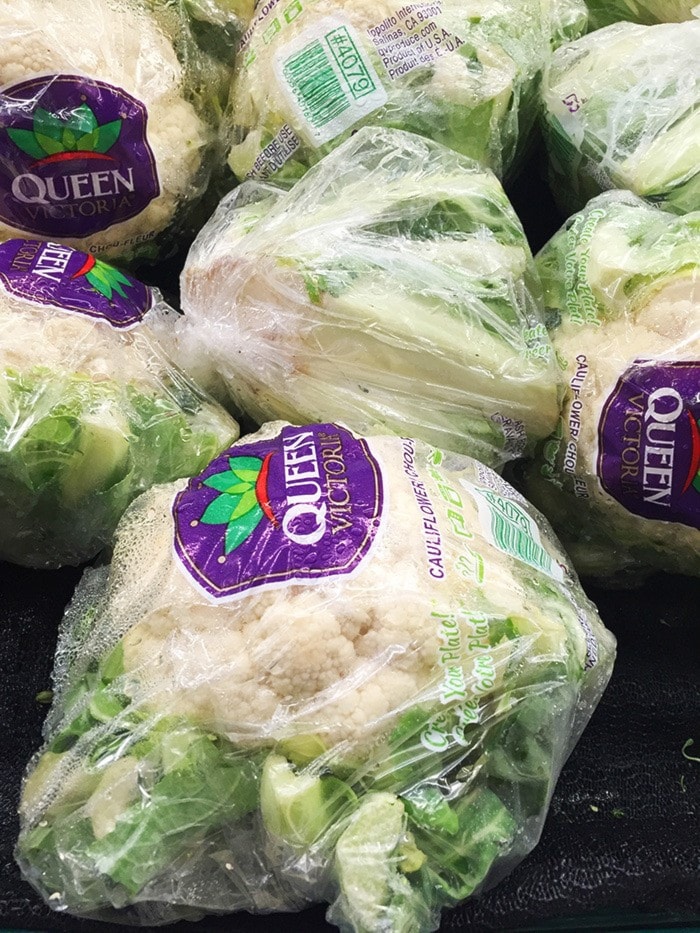Cauliflower lovers may shudder when watching the prices of their beloved vegetable soar to the costs akin to cuts of meat.
No, cauliflower isn’t the new kobe beef of vegetables but there are two significant reasons as to why its price tag has risen to new heights.
The produce manager at Overwaitea Prince Rupert, Mark Bryant, blames the fluctuating Canadian dollar. “We’re importing everything at the moment with the soft Canadian dollar. Our markets haven’t changed at all but our costs have. It has to do with the world market unfortunately, at this time,” Bryant said.
Canada imports 80 per cent of its produce and it’s sold at a higher per cent during the winter months, according to David Wilkes, the senior vice president of government relations and grocery division from the Retail Council of Canada. The produce industry trades in U.S. dollars. Regardless if a piece of fruit or vegetable comes from Mexico or New Zealand the product is still paid for in U.S. dollars.
To make matters worse, growing conditions in California, Mexico and Guatemala have faced some weather-related issues and production is down. In California it’s the cauliflower that is suffering, in Mexico it’s the hot house tomato and in Guatemala it’s the melon crop. “These are all more temporal in nature but it has a very severe impact because it reduces the supply, which on top of the decline in the value of the Canadian dollar creates two situations or two factors that are leading prices to increase,” Wilkes said.
At Overwaitea, Bryant said that at this time of year prices start to go up, and with the short supply of these products and the low dollar his department isn’t making much of a profit off these items either, including cauliflower.
“Until the local markets kick up and we start buying some local B.C. stuff I think the prices will come down then but until that point, unfortunately as a consumer, we’re paying the bad end of the stick,” he said.
The Canadian loonie has dropped 17 per cent against the U.S. dollar over the year. “I can imagine that we are going to see a cost increase with the fluctuation of the dollar but we haven’t noticed anything at that point,” said assistant manager at Overwaitea, Marc Brais.
There is some good news coming though, cauliflower is on sale for the week mostly due to a change in weather bringing better growing conditions over the last little while. Wilkes said that “Hopefully this will provide some relief. But the dollar could be more long term in nature. Obviously it’s an open question and we’ll see where it goes.”
Cauliflower, at least for the next week, will take a break from its luxury status.
